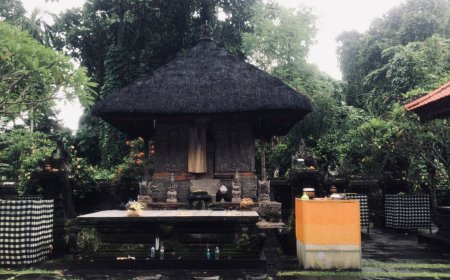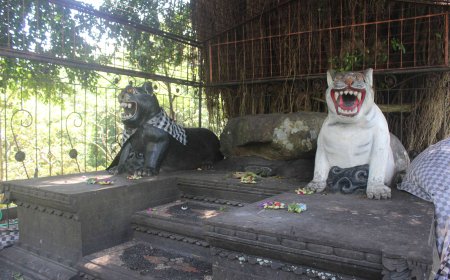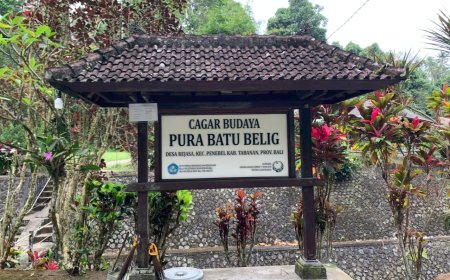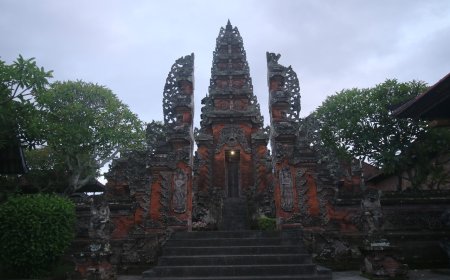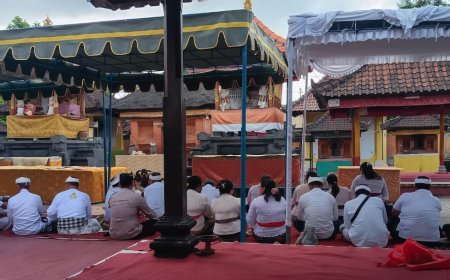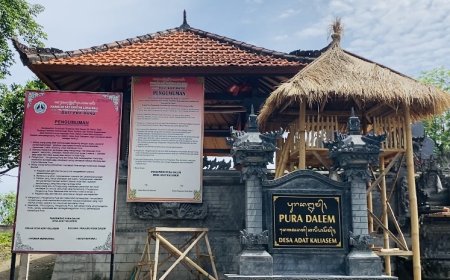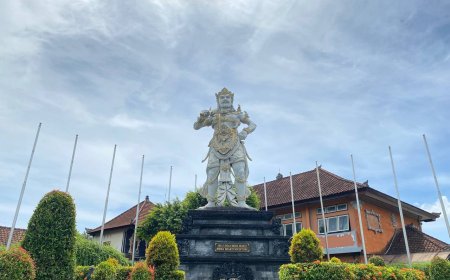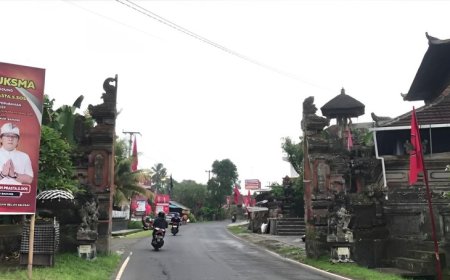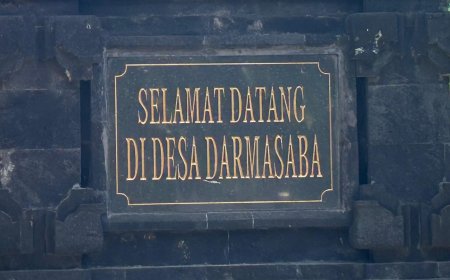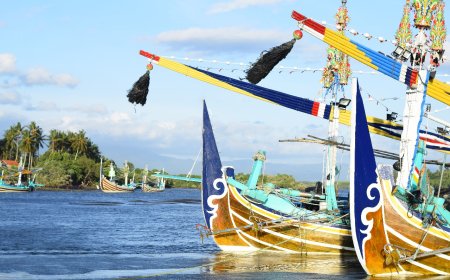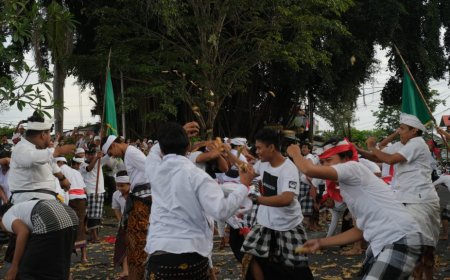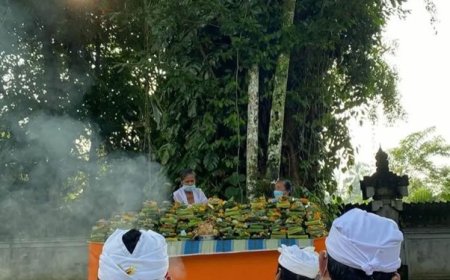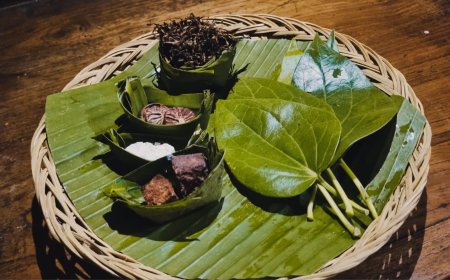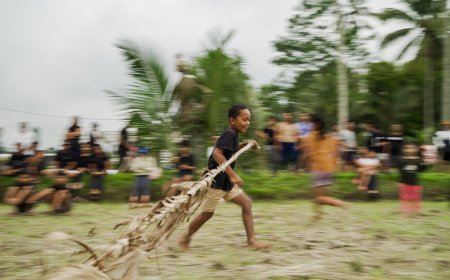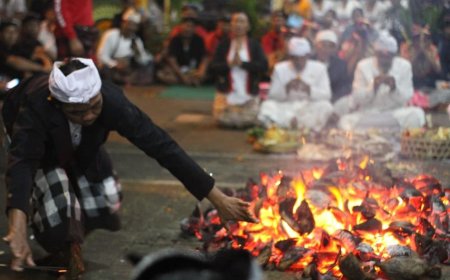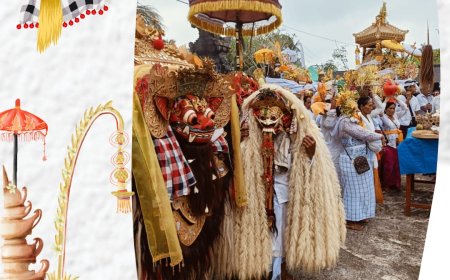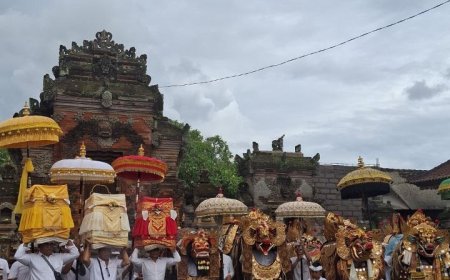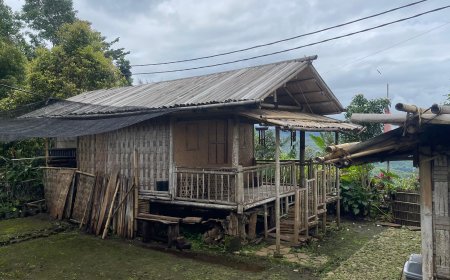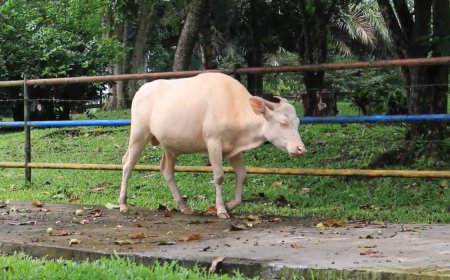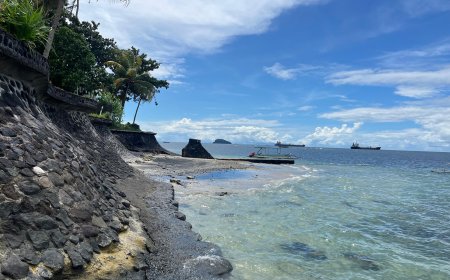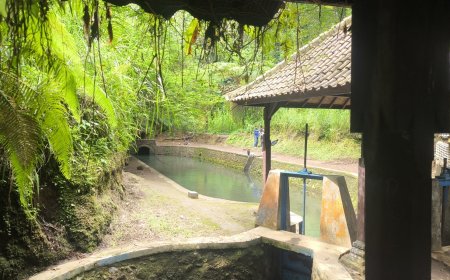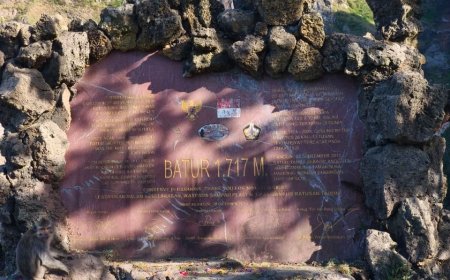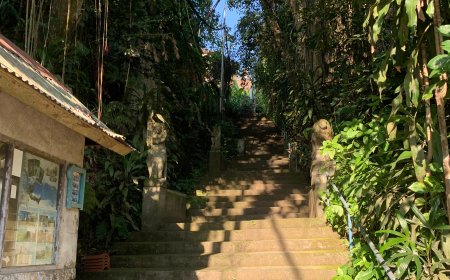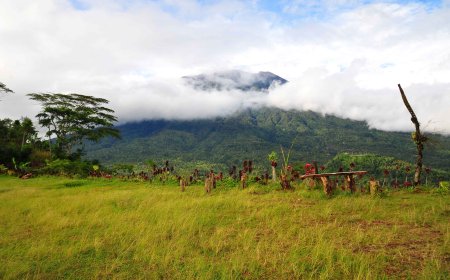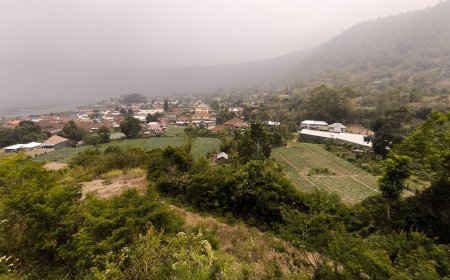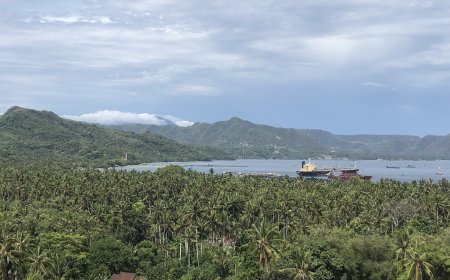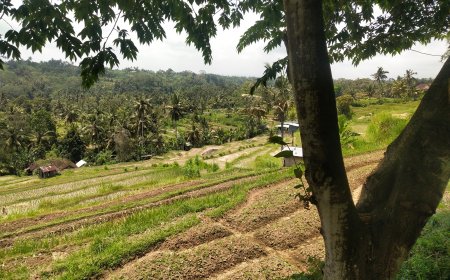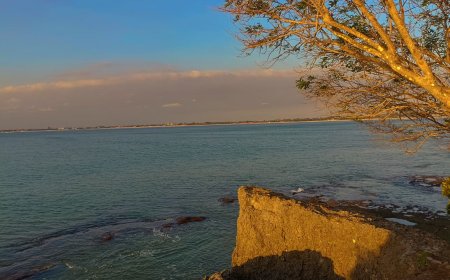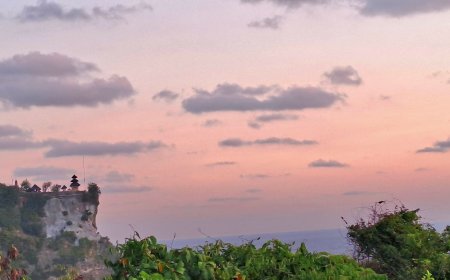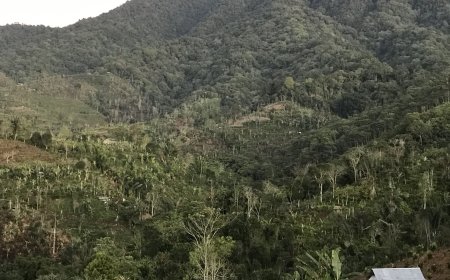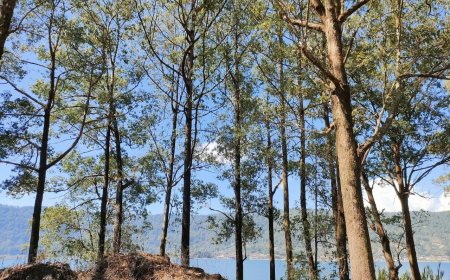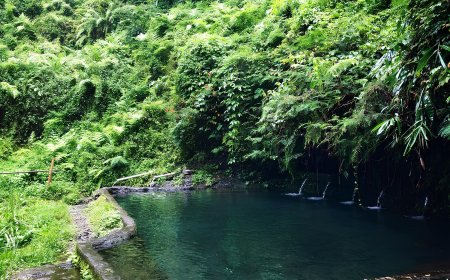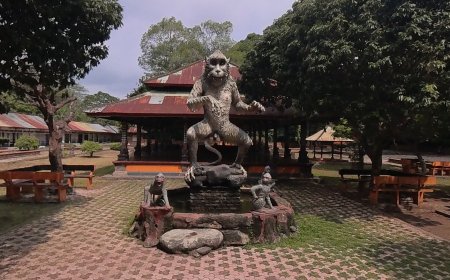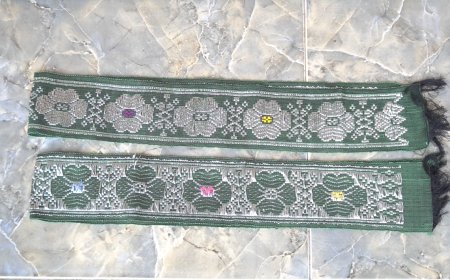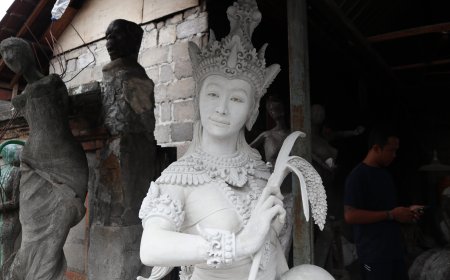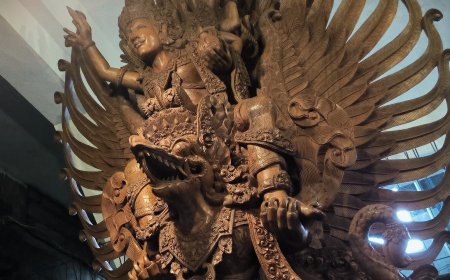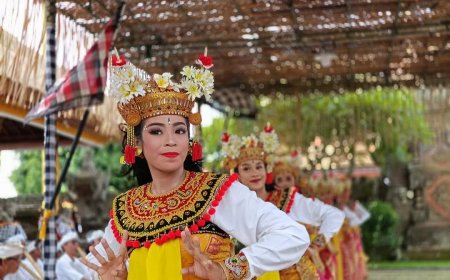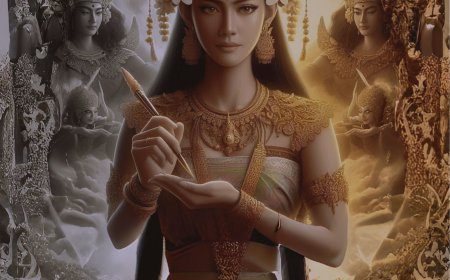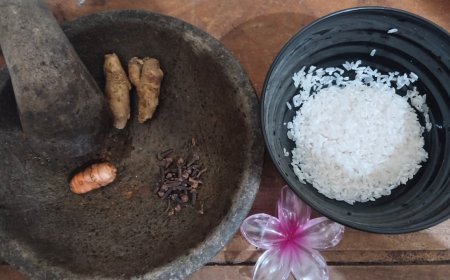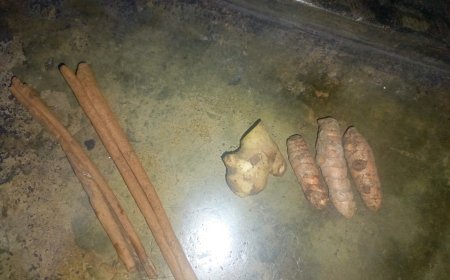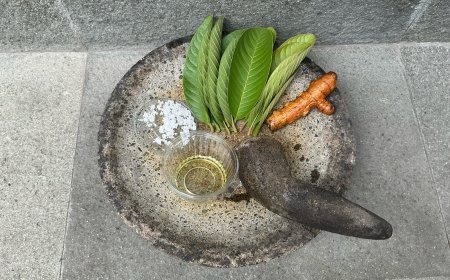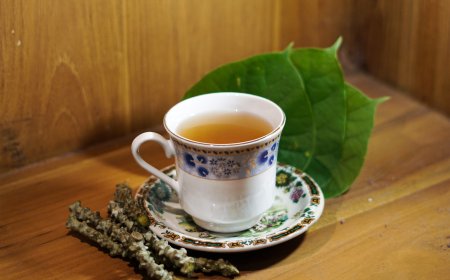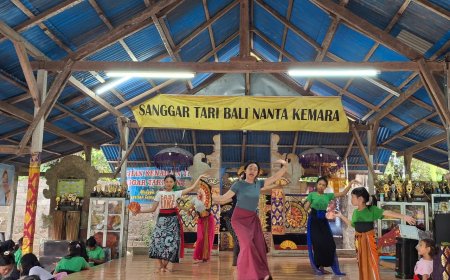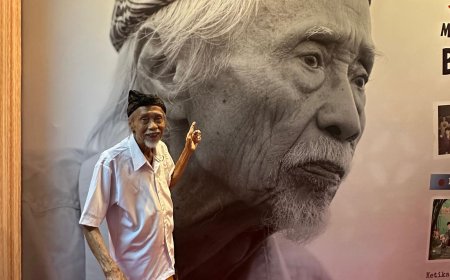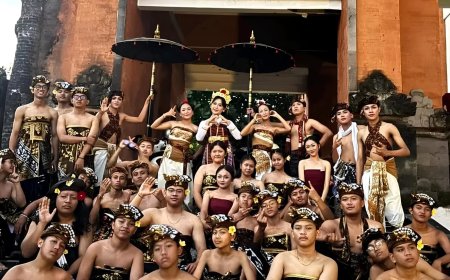Semara Sidhi Dance Studio: When the Sound of Drums and the Swing of Dance Blossom in Pemogan Village
The chimes of gamelan music, combined with the dancers' swaying movements, are the pulse of the Semara Sidhi Dance Studio in Pemogan Village. Established in 2005, the studio has been a breeding ground for a new generation of dancers and musicians passionate about Balinese culture. It's here that a love of tradition grows and blossoms, preserving the artistic heritage so it endures.
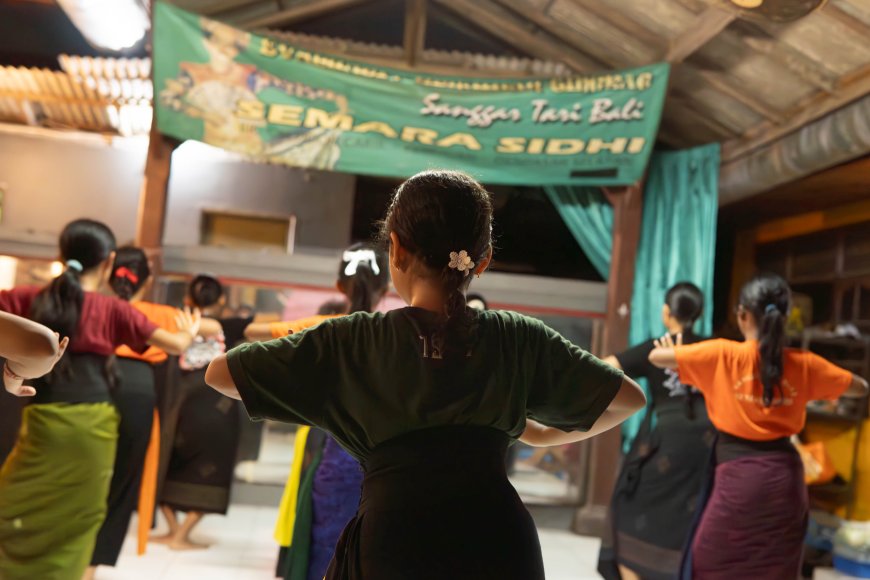
Amidst the hustle and bustle of Denpasar's urban life, there's an artistic oasis that continues to nurture the pulse of Balinese tradition. The Semara Sidhi Dance Studio, located at Jalan Gelogor Carik No. 59, Pemogan, South Denpasar, bears witness to how a love of the arts can foster a new generation of dancers and musicians. Established in 2005, the studio was born not merely out of a hobby, but in response to a very real need: the availability of dancers and musicians for various religious ceremonies in Bali.
At that time, according to the studio's founder, Mr. Made Lodri, the community often faced difficulties in preparing dancers for traditional and religious ceremonies. "The number of dancers was dwindling, while the need for each ceremony was always there," he said. From this anxiety, the idea was born to establish a dance studio, which would later be named Semara Sidhi—a name rich with meaning, signifying success born from the power of love. This philosophy is not just a name, but a reflection of the founding family's passion, which believes that love for culture is the key to success in preserving ancestral heritage.
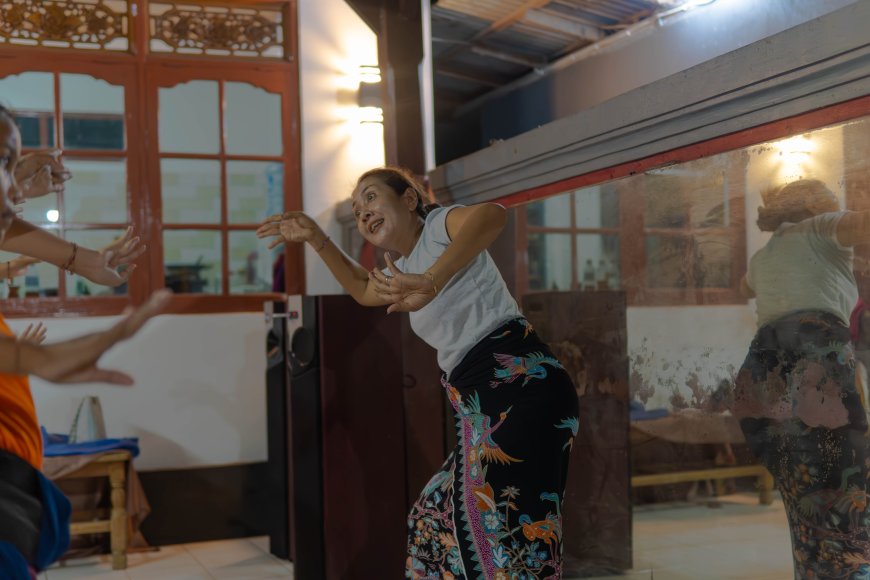
Ni Made Nuraini while training the Sanggar children (Photo Source: Personal Collection)
Mr. Made didn't walk alone in his journey. His second daughter, Ni Made Nuraini, became his right hand, keeping the studio's pulse alive. A 2002 graduate of STSI—now known as the Indonesian Arts Institute (ISI) Denpasar—she completed her studies in dance. During an interview, Nuraini explained the reasons that made her commit to the world of dance. "Since childhood, I've been in love with dance. When I was in elementary school, I danced in various performances. In high school, I even started teaching dance," she recalled with a proud smile.
That passion proved contagious. Now, Nuraini's two daughters are following in their mother's footsteps. They actively help train the studio's children, making dance not just a legacy from their ancestors, but also a family legacy. "I want the children to know and love Balinese culture. This studio is not only a place to learn to dance, but also a place to foster a sense of belonging to the tradition," Nuraini said.
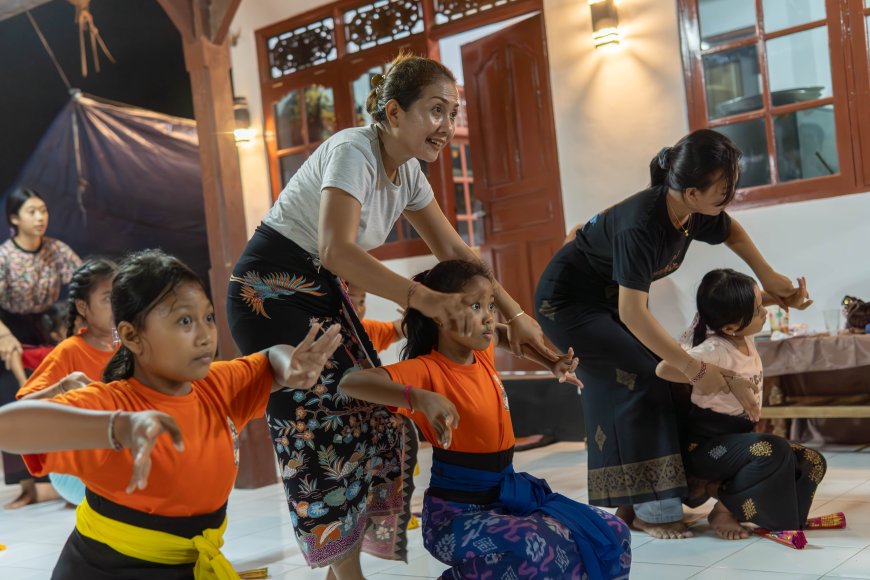
Ni Made Nuraini and her child practicing the Condong dance (Photo source: Personal collection)
The Semara Sidhi Dance Studio regularly offers training in both classical and creative Balinese dance. For beginners, basic dances like the Pendet and Condong dances are the main focus. These two dances emphasize fluid movement and a fundamental understanding of Balinese dance aesthetics. Students who have mastered the basics can move on to intermediate dances like the gentle and expressive Cilinaya dance and the dynamic and energetic Truna Jaya dance. This variety of dance choices allows each student to find the movement style that best suits their personality.
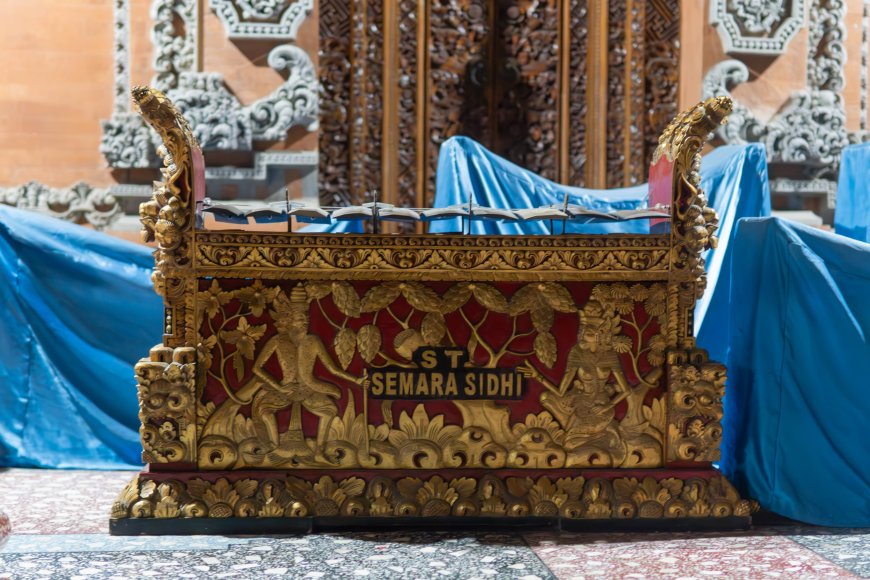
Gamelan of the Semara Sidhi Dance Studio (Photo Source: Personal Collection)
However, Semara Sidhi's appeal extends beyond dance. This studio also teaches percussion, a traditional Balinese musical instrument that provides the rhythmic accompaniment to the dances. Percussion in Bali is synonymous with gamelan, and the sound of this gamelan is what brings the soul to every performance. Percussion training typically intensifies around holidays or major ceremonies, when the need for players increases. Percussion training at this studio is led by Made Lodri, who now continues the tradition with his high school grandson. The presence of a younger generation in the percussion art demonstrates that regeneration is occurring not only among dancers but also among the players.
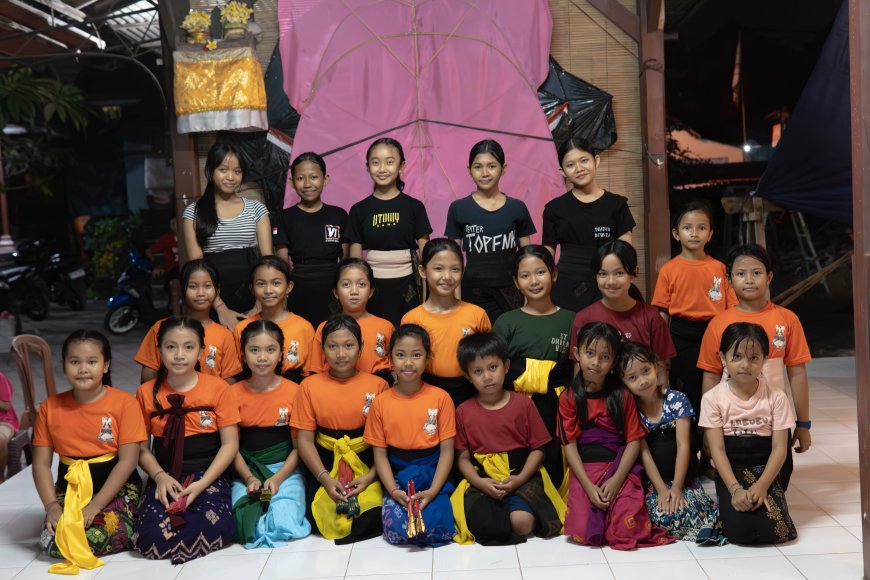
Children of the Semara Sidhi Dance Studio (Photo Source: Personal Collection)
The Semara Sidhi Dance Studio has had a positive impact on the surrounding community. Many children who initially had little interest in dance gradually began to try it out, encouraged by friends or simply out of curiosity. "At first, I just followed along, but over time, I became interested," Nuraini said of her students. The studio has become a fun space for play and learning, where children can channel their energy and absorb the traditional values and ethics inherent in every Balinese dance movement.
Beyond preserving culture, the Semara Sidhi Dance Studio serves as a space that fosters community togetherness. Parents who accompany their children to practice often greet each other, share stories, and build collaborations, even when preparing for performances or traditional ceremonies. Two decades since its founding, the studio remains a stronghold of traditional arts amidst the tide of modernization, affirming that Bali's ancestral heritage is not only to be remembered, but to be lived and passed down to future generations.
